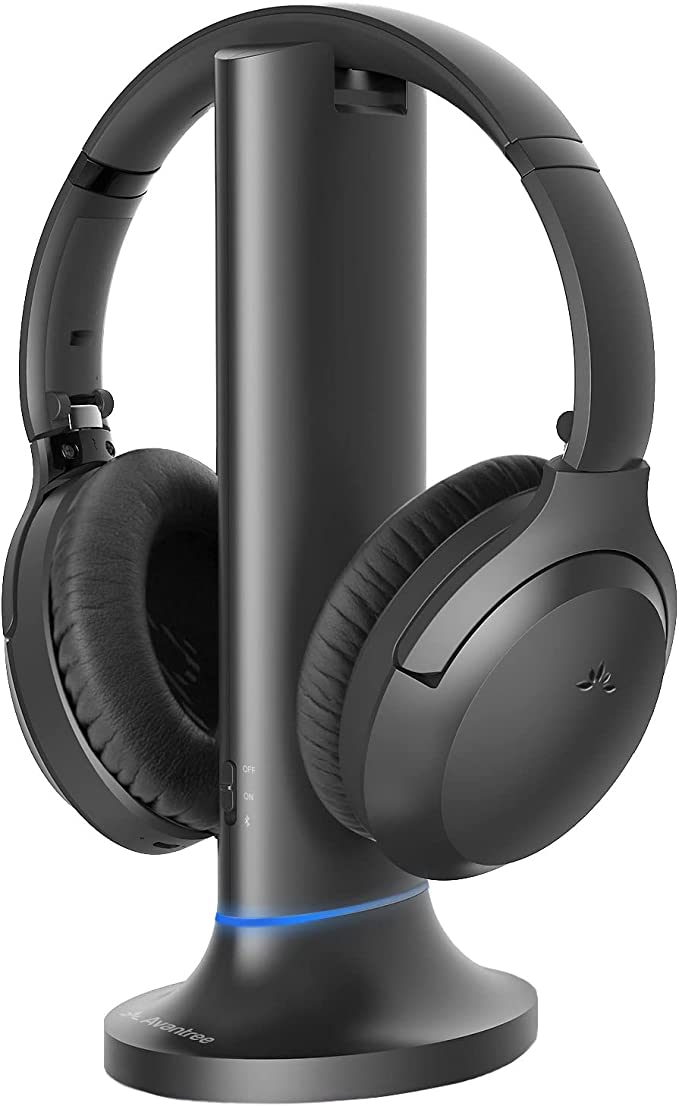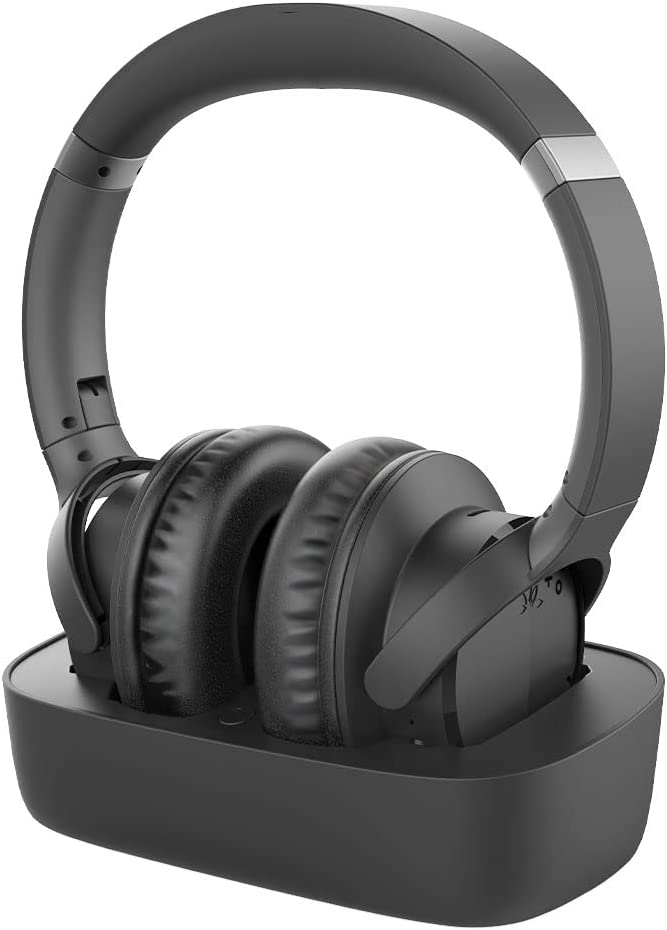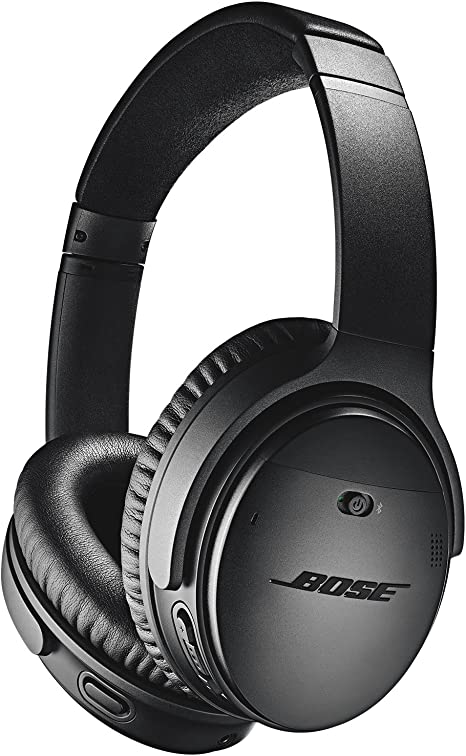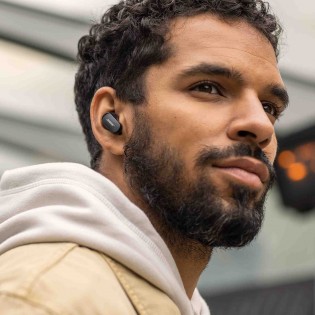Bose Smart Soundbar 300: Elevate Your Home Audio Experience
Update on March 15, 2025, 10:16 a.m.
The Unseen World of Sound: More Than Meets the Ear
Have you ever stopped to consider how profoundly sound affects our lives? From the gentle rustling of leaves to the roar of a crowd at a sporting event, sound evokes emotions, triggers memories, and shapes our perception of the world. It’s an invisible force, a constant companion that often goes unnoticed until it’s absent or, perhaps, when it’s truly exceptional. We crave immersive audio experiences, whether it’s the crystal-clear dialogue in a movie or the deep, resonant bass of our favorite song. But often, the built-in speakers of our TVs just can’t deliver.

Sound Waves: The Building Blocks of Audio
At its core, sound is simply vibration. When an object vibrates, it creates pressure waves that travel through the air (or other mediums, like water). These waves are characterized by their frequency, amplitude, and wavelength.
Think of dropping a pebble into a calm pond. The ripples that spread outward are similar to sound waves.
- Frequency: This refers to the number of waves that pass a given point per second, measured in Hertz (Hz). A higher frequency means a higher-pitched sound, like a whistle or a bird’s chirp. A lower frequency means a lower-pitched sound, like a rumble of thunder or the deep notes of a bass guitar. The range of human hearing is generally considered to be 20Hz to 20,000Hz, although this range can decrease with age.
- Amplitude: This refers to the intensity or strength of the wave, which we perceive as loudness. A larger amplitude means a louder sound. Think of the difference between a whisper and a shout.
- Wavelength: This is the distance between two successive peaks (or troughs) of a wave. It’s inversely related to frequency: higher frequencies have shorter wavelengths, and lower frequencies have longer wavelengths.
Our ears are incredibly sensitive instruments, capable of detecting these subtle variations in air pressure and converting them into electrical signals that our brains interpret as sound.
From Gramophones to Soundbars: A Century of Home Audio
The quest for high-fidelity sound reproduction in the home has a long and fascinating history. From the early days of the gramophone with its iconic horn to the massive stereo systems of the 1970s, technology has constantly evolved to deliver a more immersive and realistic listening experience. The rise of home theater systems in the late 20th century brought surround sound into our living rooms, but with it came a tangle of wires and a multitude of speakers.
The soundbar emerged as a solution to this complexity. It offered a way to achieve a wider, more immersive soundstage than built-in TV speakers, without the clutter and hassle of a full surround sound setup.

Decoding the Bose Smart Soundbar 300: Engineering Excellence
The Bose Smart Soundbar 300 represents a significant step forward in soundbar technology. It’s a compact, elegantly designed device that packs a surprising amount of audio power and sophistication. Let’s delve into some of its key components and the scientific principles behind them.
-
Full-Range Drivers and Tweeter: The Orchestra Within
The Soundbar 300 houses five full-range drivers. Imagine an orchestra. Instead of having just one musician playing all the instruments (like a basic TV speaker), you have a group of specialists. Four of these drivers are like versatile instrumentalists, capable of handling a wide range of musical notes, from the mid-range tones of a guitar to the lower frequencies of a cello. But there’s also a dedicated specialist: the center tweeter. This is like the lead vocalist, specifically designed to reproduce high-frequency sounds with exceptional clarity. This is crucial for ensuring that dialogue in movies and TV shows is crisp and intelligible, even amidst complex sound effects. The arrangement and precise angling of these drivers create a wide soundstage, making it seem as if the sound is coming from beyond the physical confines of the soundbar itself. * Number of Drivers
The number of drivers in a soundbar directly impacts its ability to create a wide and immersive soundstage. A single driver, as found in many basic TV speakers, can only project sound directly forward, resulting in a narrow and often “flat” listening experience. With five drivers, strategically positioned and angled, the Bose Smart Soundbar 300 can effectively “steer” sound waves, creating a sense of spaciousness that extends beyond the physical dimensions of the soundbar itself. This is achieved through careful engineering and the application of psychoacoustic principles – understanding how our brains perceive the direction and origin of sound. -
QuietPort Technology: The Science of Silence
One of the biggest challenges in audio engineering is minimizing distortion, especially at lower frequencies. Bass notes, with their longer wavelengths, are prone to creating unwanted vibrations and resonances within the speaker enclosure. This is where Bose’s QuietPort technology comes into play. It’s a cleverly designed port system that utilizes the principle of destructive wave interference.
Think of it like noise-canceling headphones, but for bass frequencies. Noise-canceling headphones use a microphone to pick up ambient noise, and then they generate a sound wave that is 180 degrees out of phase with the noise. When these two waves meet, they effectively cancel each other out. QuietPort technology works in a similar way. The port is designed to generate a sound wave that is out of phase with the unwanted vibrations produced by the drivers at low frequencies. This destructive interference minimizes distortion, resulting in cleaner, deeper bass without the “boominess” or muddiness that can plague smaller speakers.
-
Digital Signal Processing (DSP): The Conductor of Sound
The Bose Smart Soundbar 300 isn’t just a collection of speakers; it’s a sophisticated audio computer. At its heart is a powerful digital signal processor (DSP) – or, actually, two processors. This chip (or chips) is like the conductor of an orchestra, taking the raw audio signal and meticulously shaping it to optimize the sound quality.
The DSP performs a multitude of tasks, including:
- Equalization (EQ): Adjusting the balance of different frequencies to ensure a natural and pleasing sound.
- Dynamic Range Compression: Preventing distortion at high volumes and boosting quieter sounds to ensure clarity.
- Crossover Management: Seamlessly distributing different frequencies to the appropriate drivers (sending high frequencies to the tweeter, low frequencies to the full-range drivers).
- ADAPTiQ Audio Calibration: The room you place the speaker greatly influences the sound. ADAPTiQ is a audio calibration technology to automatically adjust the sound by analyzing the room.
Think of the DSP as a sophisticated photo editing software, but for sound. It takes the “raw image” of the audio signal and enhances it, correcting imperfections and bringing out the best possible sound.
Beyond Sound Quality: Smart Features and Connectivity
The Bose Smart Soundbar 300 isn’t just about superior audio; it’s also designed for seamless integration into a modern smart home.
-
Voice4Video: Your Voice, Your Command
One of the standout features is Voice4Video technology. This allows you to control not only the soundbar itself but also your TV and cable/satellite box using voice commands through Amazon Alexa. Imagine simply saying, “Alexa, turn on the TV and tune to channel 5,” and your entire entertainment system springs to life. This eliminates the need to juggle multiple remotes and simplifies the viewing experience.
-
Built-in Voice Assistants: Alexa and Google Assistant
With both Alexa and Google Assistant built-in, you have access to a wide range of voice-controlled features. You can play music, check the weather, set timers, control smart home devices, and much more, all without lifting a finger. The two microphones are carefully positioned to maximize the effectiveness.
-
SimpleSync: Expanding Your Audio Horizons
Bose SimpleSync technology allows you to connect the Soundbar 300 to other compatible Bose products, such as Bose headphones or other Bose smart speakers. This opens up a world of possibilities. You can listen to your TV audio privately through headphones, without disturbing others, or you can create a multi-room audio system, playing the same music throughout your home.
-
HDMI ARC/eARC and CEC
The Soundbar 300 supports HDMI ARC (Audio Return Channel) and eARC (Enhanced Audio Return Channel). The HDMI ARC allows to send audio from your TV to your soundbar using just the HDMI cable. eARC is the enhanced version of ARC, supporting higher-bandwidth audio formats.
CEC(Consumer Electronics Control) allows you to control multiple devices connected via HDMI with a single remote.

The Soundbar 300 in Your Life: Practical Applications
Imagine settling in for a movie night. The action scenes are vibrant and immersive, with clear dialogue that cuts through the explosions and sound effects. Or picture yourself hosting a party, with music filling your home thanks to SimpleSync and your connected Bose speakers. The Soundbar 300 seamlessly integrates into your daily life, enhancing your entertainment experiences.
Setting up the Soundbar 300 is remarkably straightforward. The Bose Music app guides you through the process, and you can use the app to control the soundbar, adjust settings, and access your favorite music streaming services.

The Future of Sound
The pursuit of perfect sound is an ongoing journey. We’re likely to see continued advancements in areas like immersive audio formats (like Dolby Atmos, although it is not support by Soundbar 300), wireless connectivity, and AI-powered sound optimization. The Bose Smart Soundbar 300, with its combination of advanced engineering and smart features, represents a significant step forward in this evolution, bringing us closer to a truly seamless and immersive home audio experience. The quest for perfect sound is far from over, and it’s exciting to imagine what the future holds.

























































